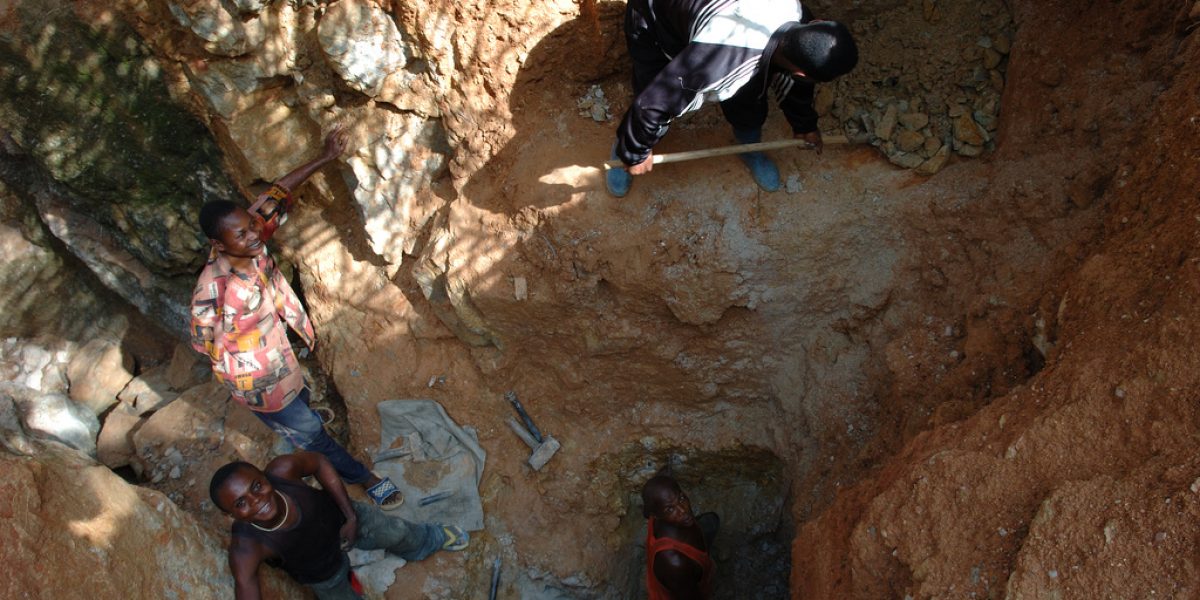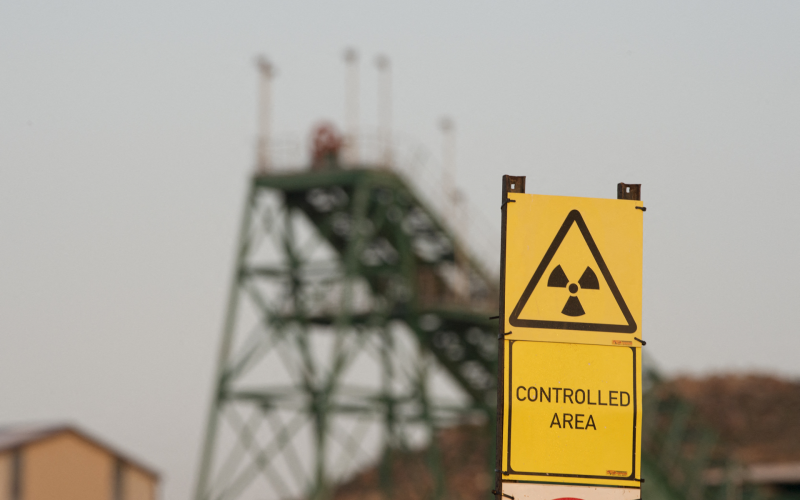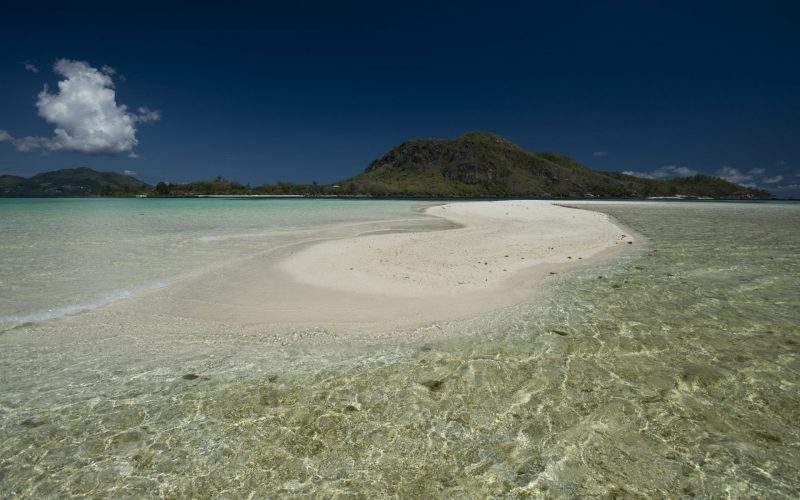While mining’s contribution to Tanzania’s gross domestic product (GDP) is a relatively modest 2.3%, its export value constitutes some 45% of foreign earnings. Moreover, the government has set a target for the sector of a 10% contribution to GDP by 2025. Africa’s third-largest gold producer after South Africa and Ghana, Tanzania is also endowed with significant diamond, gemstone and nickel deposits.
Since the commencement of Tanzania’s commercial mining operations, up to 15% of Africa’s mining investment has been ploughed into the country’s mining industry. Tanzania’s gold deposits, along with its favourable Mining Act, have attracted investment from two of the world’s major gold producers, Barrick Gold and AngloGold–Ashanti. However, mining in Tanzania has also attracted a great deal of increasingly trenchant criticism, resulting in claims that the country is not deriving its fair share from its mineral endowment and the government establishing the Bomani Commission to inquire into the mining sector, tasked with examining the existing Mining Act. While at the time of writing this report the government had not released its response to the Bomani Commission’s findings, the expectation is that the government may seek to take a 10% stake in selected mining operations, increase the royalty on gold producers from the current 3% to 5%, and scrap a number of tax breaks and incentives embedded in the current Mining Act and other legislation.
In addition to coming under increasing governmental and non-governmental scrutiny, major mining houses in Tanzania operate in demanding social, environmental and logistical conditions. Infrastructure such as roads, electricity and water supply is often poor in the areas surrounding mines. Moreover, mines are also the subjects of intensive environmental scrutiny locally, in particular from non-governmental organisations and shareholder activists. But arguably the most important and daunting challenge confronting any commercial mining operation is the securing of the support of local communities. The 1990s can be regarded as the decade in which mining houses lost their legitimacy due to their role in environmental degradation and corrupt practices, and for stoking violence through phenomena such as conflict diamonds. By contrast, the first decade of the 21st century has seen the mining industry, multilateral and governmental bodies, and NGOs design and develop a host of governance structures to better regulate the mining sector and enhance its social, economic and environmental footprint. Key to this is the realisation that a prerequisite for successful and sustainable mining operations is the forging of social compacts among companies, the government and local communities. Arguably the most important of these compacts is the concept of a social licence to operate, which is granted not by governments, but by communities, and is conditional on companies behaving in a manner that is consultative, collaborative, ethical, progressive and legitimate.
Part I of this report presents a comprehensive overview of the mining sector in Tanzania from inception of the country’s 1997 Mineral Policy. Part II is a case study of the largest mining company operating in Tanzania, the Canadian-based Barrick Gold Corporation. In just 26 years, Barrick Gold Corporation has grown to be the largest ‘pure’ gold mining house globally.
Toronto-based Barrick Gold Corporation subscribes to and is supportive of major mining corporate governance regimes, such as the Extractive Industries Transparency Initiative (EITI), the Global Reporting Initiative and the UN Global Compact. In 2007 Barrick was added to the Dow Jones Sustainability Index — North America for the first time and was ranked ‘best in class’ for its commitment to sustainability. Yet in August 2008 the Council on Ethics of the Norwegian Government Pension Fund — Global recommended the disinvestment of the fund’s holdings in Barrick stock due to environmental damage caused at its Porgera mine in Papua New Guinea.
Barrick is the biggest mine operator in Tanzania and, as such, attracts considerable government, civil society and media attention. The government has set high expectations for the mining sector and particularly the gold mining sector, targeting a 10% contribution to GDP by 2025. Barrick’s entry into the relatively new gold mining sector in Tanzania was through direct investment and acquisition. Its mine operations span the full spectrum from the exemplary, environmentally sound and profitable Tulawaka mine to the North Mara mine, which is dogged by deep legacy, environmental, operational and criminal challenges.
Barrick has applied considerable financial and human resources to its corporate social responsibility programmes in an attempt to secure a ‘social licence to operate’ at its Tanzanian mines. A social licence appears to be operational on three of the company’s mines; in the fourth, it is absent. The case study documents some of the challenges confronting Barrick in its Tanzanian operations and some of the more important programmes it has developed/co-developed in its attempt to conduct world-class mining in a developing country in Africa.
The report concludes with a number of recommendations about further enhancing the potential for a positive developmental impact from the Tanzanian mining sector and from Barrick in particular.








